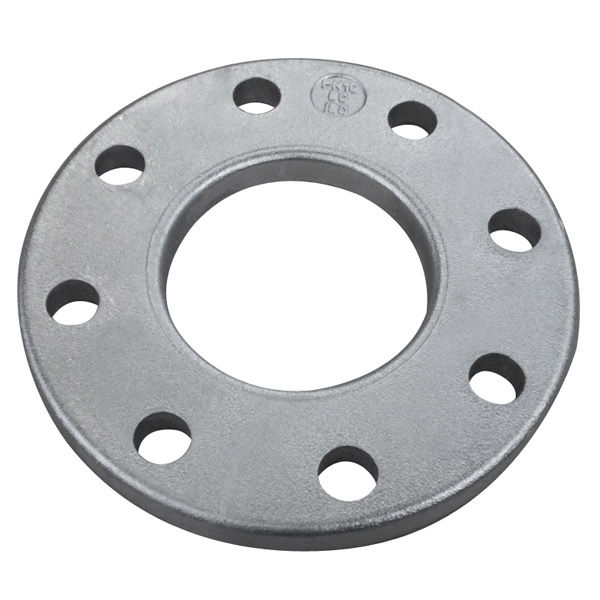What Is A Sealing Flange? A Detailed Explanation
A flange is a way of connecting two pipes or metal surfaces, and SealingFlange refers to connecting those surfaces without creating a gap. In the
commercial and industrial worlds, we make use of many flange surfaces. It could
be connecting metallic pipelines that carry fluids, or the two outer covers of
vehicle engines, and components of pressure machines. No matter what is it, the
crucial fact is creating a seal or leak-proof connecting points. For example,
can we allow the pressure inside a vehicle engine leak? Or, gas-carrying
pipelines leak at the connecting points? Sealing Flange is not possible without flange sealing materials such as a
flange gasket.
Here, we use methods to fill the gaps or irregularities that may exist
between two connecting flange surfaces. Why would a passage occur between two
connecting metal surfaces? Well, metallic surfaces may be polished or smooth
ones, but when connecting those; we need a material that acts as a filler in
between those. Let's say you connect two metallic pipes, and the edges of those
are smooth. Still, can you expect those two pipes to result in a perfect seal
at the connecting point? No, and that is why technicians and engineers focus on
Sealing Flange to a greater extent today.
The need for Sealing Flange becomes a must-have at times when high-pressure
and fluids involved. What are the commercial and industrial applications where
both these elements present? Well, how about gas-carrying pipelines in a gas
plant? Here, petroleum gas is fluid, and it moves under high-pressure. And,
this means you should connect those pipelines in such a way that no gas can
escape, or the connecting points won't fail under pressure. We can make those
joints secure ones by using nuts and bolts, but it doesn't make those
connecting joints are leak-proof ones. Sealing Flange is the method to use in
this case. Gas plant fires have caused disasters in the past, and we can't let
such accidents happen again.
Other applications such as connecting the two metallic covers of vehicle
engines also need perfect sealing. If the pressure inside of those engines
leak; it will result in power loss or even fires. Again, the same challenge
comes. The outer covers of those vehicle engines are metallic ones; their
surfaces may be smooth ones, but 100% sealing won't happen without Sealing
Flange. To fill the irregularities, we need a soft or malleable material piece,
but it withstands harsh conditions such as high-temperature. And, this means we
don't use ordinary rubber gasket for this Sealing Flange purpose.
Why can't we weld those pipes or engine covers, why do we flange those?
Well, the reason is pretty understandable. If you weld those engine covers; in
case of engine repair; how would you open it? The same story applies to
pipelines as well. It is safe to say that flanging those metallic surfaces let
you conduct inspection and maintenance tasks as well. Using nuts and bolts and
Sealing Flange is the methods used since the old days for this crucial
purpose. Depending on your application, make sure you choose the right Sealing
Flange method. Most of the time, a material piece acts as the filling element.
At WR, we supply quality products to fulfil this requirement.


Comments
Post a Comment